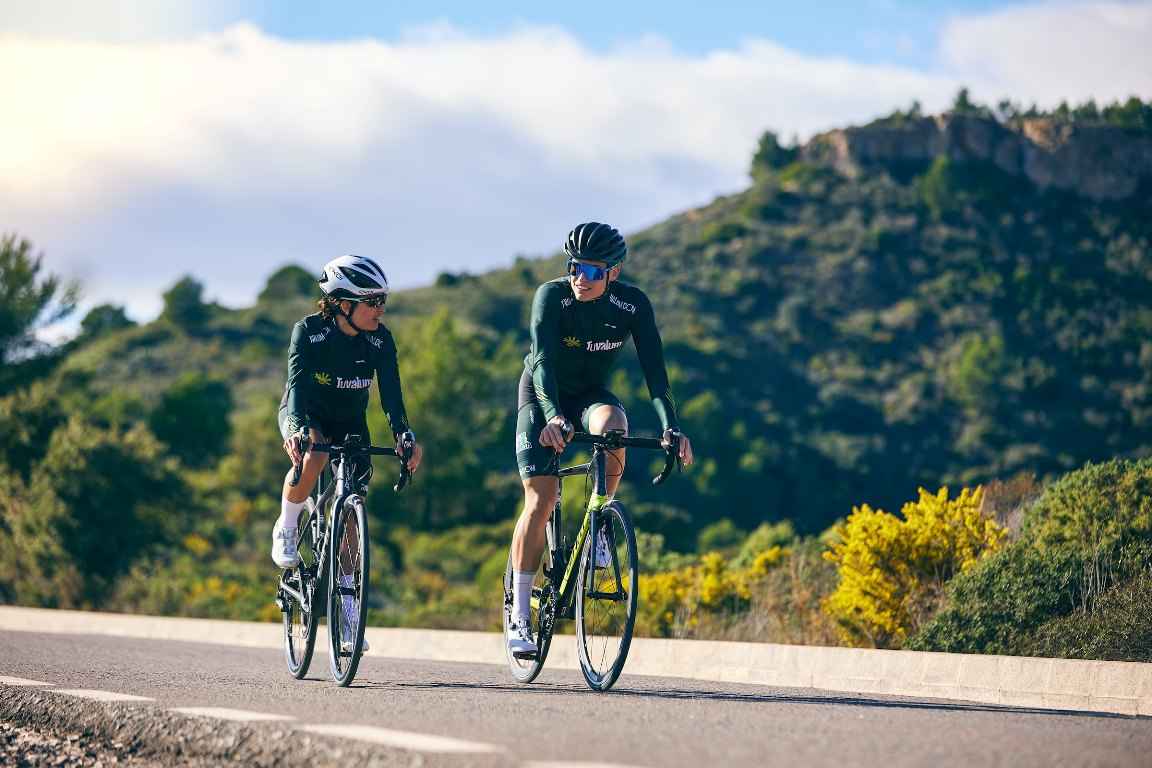
Dual carriageways are roads that are separated by a continuous central reservation. They don’t have two lanes in each direction always rather there might be one or three. They are designed for higher volumes of traffic, generally moving at heist speed, unlike motorways.
It is legal to cycle on these roads but that depends on where you are going. You can get nervous on dual carriage roads because of the higher traffic. You can travel up to 70mph. the traffic on the dual carriage roads is not going much quicker.
Here, in this guide, we are going to provide some of the dos and Don’ts of cycling on dual carriageways in England. If you are a cyclist in England, hope these useful tips will be helpful to you.
Table of Contents
You must avoid outfits that can get tangled in the chains, or in the wheel, or become obstacles to your lights when you are cycling. You can use light-coloured or fluorescent-coloured clothing as it will help other road users to see you in daylight as well as in poor light.
Your clothing reflection including the accessories such as a belt, arm, or ankle band can increase your visibility into the dark.
Also, you must wear a cycle helmet that conforms to the recent UK regulations. Researchers stated that a well-fitted helmet will help you to reduce your risk of sustaining a head injury in certain circumstances.
At night, your cycle must have white front and red rear lights lit. these lights must also be fitted with a red rear reflector. White spoke reflectors and front reflectors help you to be seen at night. Flashing lights are permissible but according to the law, it is recommended that if you are cycling in areas without street lighting needs to use a steady front lamp.
The cycle lines in the UK are marked by white lines along the carriage. You can use facilities such as cycle lanes and tracks, toucan crossings, and advanced stop lines. These facilities will make your journey safer and easier.
But these will depend on your skills and experience on how you can enjoy these facilities on your ride and also upon the situation. These facilities are provided for the safety of your journey, you can exercise your judgment and are not obligated to use them.
These cycle tracks are created for cyclists that are secured and located away from motor traffic. Cycle tracks may run alongside the pavements and can be separated through some features such as a change of material, a white line, or a verge. You must keep the side intended for cyclists because the pedestrian side remains a footpath or pavement.
But, some of the cycle tracks are not separated through such features and these tracks are shared with pedestrians. You must be very careful while passing through pedestrians. You need to put extra attention, especially to the children, orderly or disabled people. You must provide them with plenty of room. Always you must be prepared for slowing down and stop if necessary.
While you are sharing the cycle track with the pedestrians then in the track horses, and horse-drawn vehicles are also permitted. You must be very careful while passing pedestrians. You need to slow down and stop if necessary. You must let them know that you are on the track.
You must not pass the pedestrian, horses, or horse-drawn vehicles at a high speed and very closely. You must maintain a distance from them. You must not pass a horse on their left. You should keep in mind that horses can be startled if you pass through without warning.
You should:
You should not:
When you are using dual carriageways in England then you must adopt two basic road positions. But it depends upon the situation.
Ans: it is legal to cycle on dual carriage in England. Some states that it is not as safe to cycle on the dual carriage. By taking some safety measures you can ride on the dual carriageways in England. Normally, you will be in the secondary position, perhaps a meter away from the left-hand edge of the left-hand lane.
Ans: Cycling safety tips on the dual carriage roads in the UK are:
Dual carriageways are roads that are divided by a continuous central reservation. So, there will be plenty of other vehicles with high speed. So, you must be very careful while riding on these roads. Here, we have enlisted various dos and don’ts that you should consider while riding on dual carriageways.
Hope, this guide will help you to cycle by putting extra care on yourself and your surroundings. Safety must be a high priority to keep yourself and others harmless during the journey. Enjoy your ride!
London is a cultural mosaic with great history and indulgence, so how can it be…
Are you searching for the best place to shop for Indian sarees in London? London…
Small businesses often find it difficult to navigate the UK banking landscape. There are so…
In the complex world of property finance, mortgage advisors are indispensable allies for anyone looking…
In the fast-paced world of the digital age, marketers often search for the next "big…
If you are a newly self-employed entrepreneur or freelancer, then chances are you’ve not even…